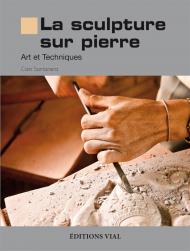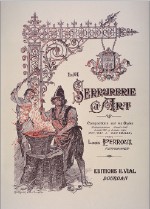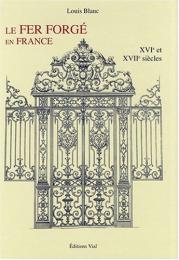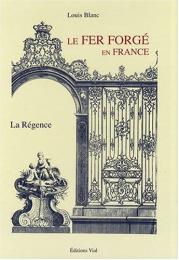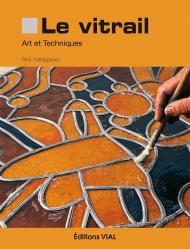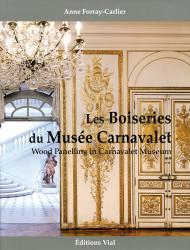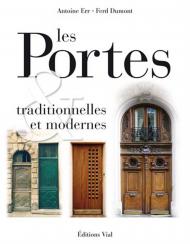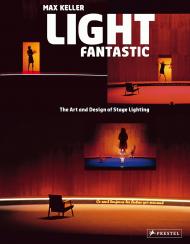Ця книга, що отримала нагороди, про всі аспекти дизайну театрального освітлення, така ж прекрасна, як і повчальна, стала стандартним джерелом інформації в цій галузі.
Light Fantastic отримала схвалення театральної спільноти, зокрема нагороду «Золоте перо» від Інституту театральних технологій та нагороду «Видатне академічне звання» від журналу Choice. Тепер, у своєму третьому виданні, Light Fantastic була розширена, включивши захопливі нові фотографії з останніх постановок автора Макса Келлера. Текст оновлено, щоб відобразити останні технологічні досягнення, а нові есе – про світло в архітектурі, освітлення для музичних концертів, а також метафізику та політику світла – розширюють його охоплення. Широкі знання та досвід Келлера на деяких найвідоміших сценах світу роблять його визначним джерелом інформації як для ветеранів, так і для новачків у галузі сценічного освітлення. У книзі сотні яскравих кольорових фотографій передають захоплення від живих виступів. Цей чудовий том є незамінним посібником з дизайну сценічного освітлення.
Макс Келлер – чарівник штучного світла. Його роботи змінили театральні постановки по всій Європі та Америці, від Берліна та Зальцбурга до Метрополітен-опери в Нью-Йорку, а його приголомшливі ефекти з кольором та простором постійно встановлюють нові стандарти. Розроблений головним чином для фахівців з освітлення, цей багато ілюстрований том документує захопливе використання сценічного освітлення в такому всебічному та чіткому стилі, що він однаково цікавий для всіх театральних шанувальників.
Живописна мова, яку використовує дизайнер освітлення, така ж самобутня, як і мова художника. Її успіх залежить не лише від належного використання доступних технічних можливостей, але й від художніх якостей таких фахівців, як Макс Келлер. У книзі Light Fantastic автор розкриває свої великі знання та досвід, пояснюючи природні світлові явища, історію світла в театрі та дослідження Гете та Рунге з теорії кольору, а також технічні деталі, від основ оптики та проекції до різних видів ламп, світильників, прожекторів та іншого освітлювального обладнання.
Понад 500 ілюстрацій, технічних зображень, малюнків та сценічних фотографій підкреслюють приголомшливі ефекти, досягнуті в різних видовищних постановках, починаючи від опери та балету до рок-концертів. Найновіша постановка Келлера — «Трістан та Ізольда» в Метрополітен-опері в Нью-Йорку.
Про автора:
Макс Келлер є одним із провідних світових дизайнерів освітлення. З 1970 року він пропонує креативні та технічні рішення для сцени. Він є лауреатом численних нагород за свою роботу в театрі.

